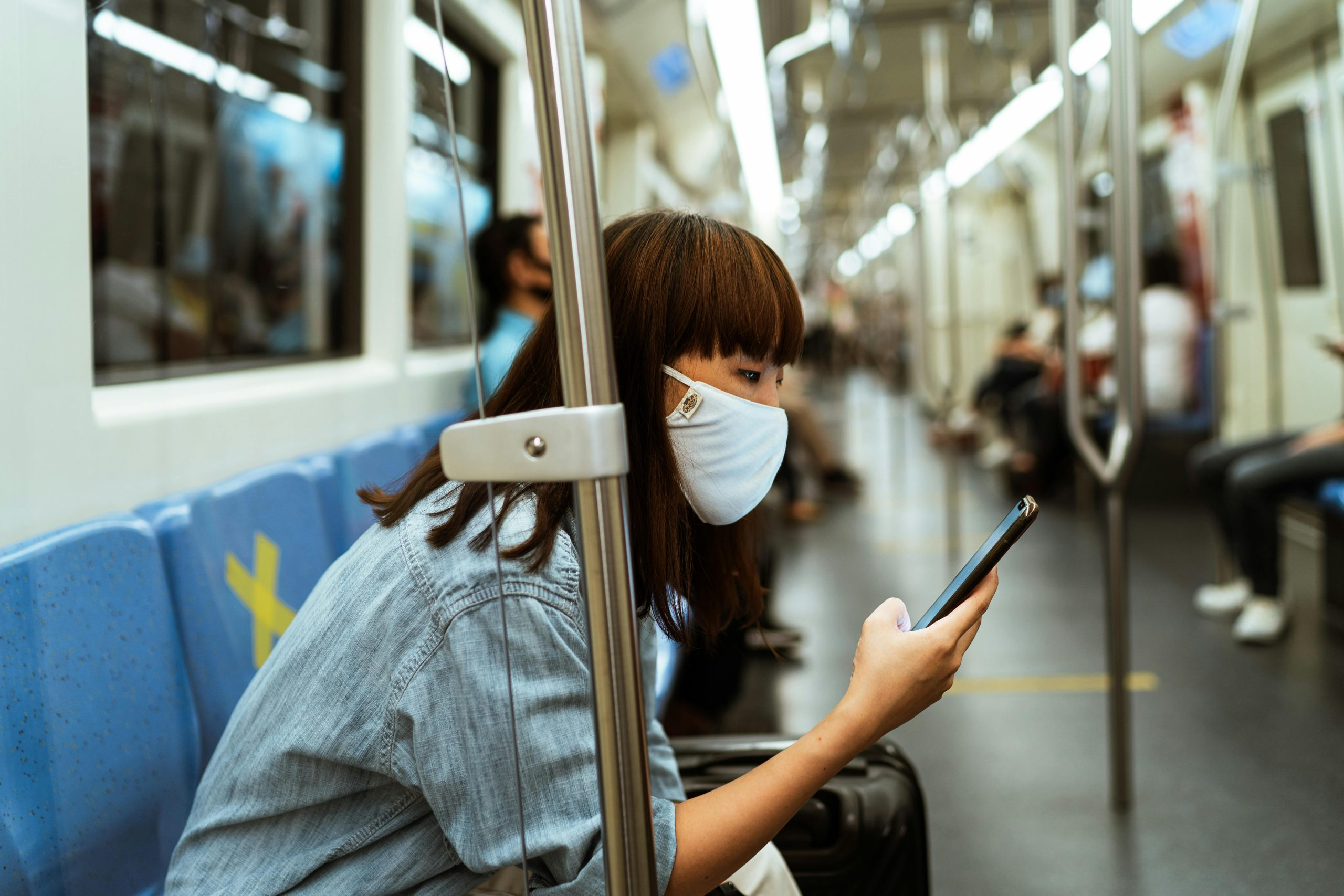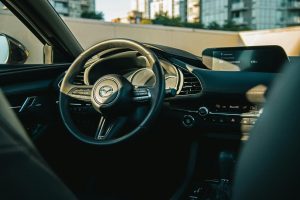Vehicle-to-Everything (V2X) Communication: Enhancing Safety
Vehicle-to-Everything (V2X) Communication: Enhancing Safety
In today’s fast-paced world, technology is constantly evolving at an unprecedented rate. From smartphones to smart homes, technological advancements have greatly impacted our daily lives. This also applies to the automotive industry, with the rise of connected vehicles and their ability to communicate with other vehicles, traffic infrastructure, and pedestrians. This technology is known as Vehicle-to-Everything (V2X) communication, and it has the potential to greatly enhance road safety for drivers and passengers alike.
The Basics of Vehicle-to-Everything (V2X) Communication
Vehicle-to-Everything (V2X) communication refers to the exchange of information between a vehicle and its surroundings. This includes communication with other vehicles (V2V), traffic infrastructure (V2I), pedestrians (V2P), and network systems (V2N). This exchange of information is wireless and uses a combination of cellular, WiFi, and dedicated short-range communication (DSRC) technologies.
V2X communication can provide real-time data and warnings to drivers, allowing them to anticipate potential hazards on the road. This is especially crucial in scenarios where a driver’s vision is hindered, such as during bad weather conditions or blind spots. By detecting potential dangers ahead, V2X communication systems can help drivers make better and safer decisions while driving.
Enhancing Safety on the Road
Reducing Collisions
The most significant benefit of V2X communication is the potential to reduce collisions. According to the National Highway Traffic Safety Administration (NHTSA), 94% of accidents are caused by human error. With V2X technology, vehicles can communicate with each other and alert drivers of potential collisions. This can include warnings for sudden braking, lane changes, or even approaching emergency vehicles. By providing real-time notifications, V2X can help drivers take the necessary precautions to prevent accidents from occurring.
Improving Traffic Flow
V2X communication can also greatly improve the flow of traffic. With the ability to communicate with traffic signals and other infrastructure, vehicles can adjust their speed and route to avoid congestion and reduce travel time. This not only improves the overall driving experience for individuals, but it also has a positive impact on the environment by reducing emissions from idling vehicles.
Enhancing Pedestrian Safety
Pedestrians are also at risk on the roads, with 6,283 pedestrian fatalities reported in the U.S. in 2018 alone. V2X communication can help reduce this number by providing warnings to both drivers and pedestrians. With V2X technology, pedestrians can receive alerts if a vehicle is approaching an intersection or crossing, and drivers can also be notified of any potential hazards involving pedestrians, such as jaywalking or sudden crossings.
The Future of V2X Communication
V2X communication is still in its early stages, but it has already shown great promise in enhancing safety on the roads. However, for V2X to reach its full potential, it requires widespread adoption by automotive manufacturers and road infrastructure developers. Additionally, regulations and standards need to be established to ensure the compatibility and reliability of V2X systems across different vehicle brands and transportation networks.
The future is bright for V2X communication, with advancements in artificial intelligence and machine learning allowing for more accurate detection and prediction of potential hazards on the roads. This, in turn, can greatly reduce the number of accidents and casualties on the road, making our journeys safer and more efficient.
Conclusion
In conclusion, Vehicle-to-Everything (V2X) communication has the potential to greatly enhance safety on the roads. By enabling vehicles to communicate with each other, infrastructure, and pedestrians, V2X technology can reduce collision rates, improve traffic flow, and enhance pedestrian safety. With continued advancements and adoption, V2X communication can make our roads safer for everyone, creating a more efficient and connected transportation system.









